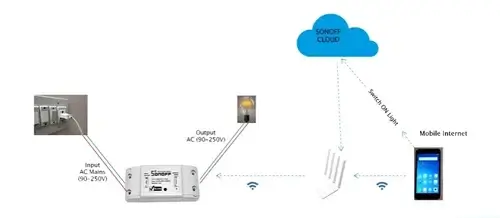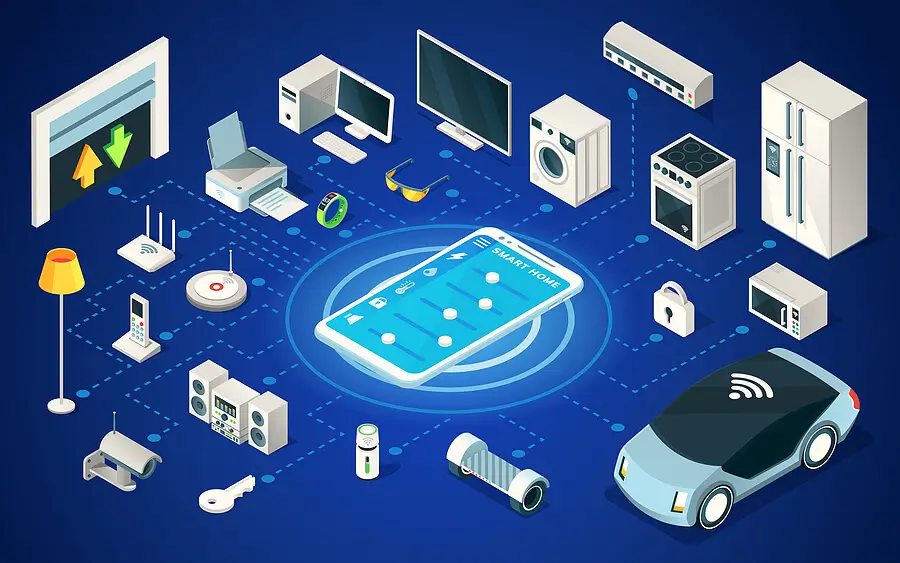IoT-Enabled Optical Position Sensors: Precision That Moves
In a world where precision matters, knowing the exact position of a moving part can make all the difference. Whether it’s a robotic arm assembling a smartphone or a conveyor system transporting delicate goods, position sensors help ensure accuracy, safety, and efficiency.
Among the most widely used are optical position sensors. These devices detect the position of an object using light, translating movement into precise digital signals. When combined with IoT connectivity, they become even more powerful — delivering real-time insights, remote monitoring, and automated control.
Let’s explore how optical position sensors work, why they’re useful, and how IoT takes them to the next level.
What Are Optical Position Sensors?
An optical position sensor uses light to detect the location or movement of an object. Typically, it involves a light source and a photodetector. As an object moves, it either interrupts or reflects light, generating a signal that corresponds to the object’s position.
Some common types include:
- Reflective sensors: Detect light reflected from an object.
- Through-beam sensors: Use a light beam interrupted by the object.
- Encoder-based optical sensors: Measure rotation or linear movement with high precision.
Think of it like a flashlight shining on a moving target. Depending on how the target moves, the sensor “reads” the position and converts it into data that a machine or system can use.
Why Optical Position Sensors Matter
Optical sensors are popular because they are:
- Highly accurate: Capable of detecting even small movements.
- Non-contact: Ideal for delicate or fast-moving parts.
- Durable: Resistant to wear since there’s no physical contact.
- Versatile: Suitable for robotics, manufacturing, and automation.
For example, in a packaging line, an optical sensor can detect the position of each product on the conveyor and trigger the next action — like sealing, labeling, or sorting — with perfect timing.
How IoT Enhances Optical Position Sensing
Traditionally, optical sensors send position data locally to a controller. With IoT integration, the data can travel over networks to cloud dashboards, enabling:
- Real-time monitoring: Track positions from anywhere.
- Automation: Systems can respond immediately to position changes.
- Predictive maintenance: Detect misalignment or drift before it causes problems.
- Data analytics: Review historical movement patterns to optimize processes.
For instance, in an automated warehouse, IoT-connected optical sensors track robotic arms’ positions. If a robot moves off its intended path, the system sends an instant alert, preventing collisions or errors.
Real-World Example: Robotics and Manufacturing
Consider a factory assembling smartphones. Optical position sensors on robotic arms monitor exactly where each component is placed. With IoT, supervisors can see the position data in real-time on a dashboard, adjusting speed or alignment remotely.
This ensures products are assembled correctly, reduces errors, and increases overall productivity.
Benefits of IoT-Connected Optical Position Sensors
- Remote Oversight: View data without being physically present.
- Precision Control: Make adjustments in real time.
- Operational Efficiency: Reduce downtime and errors.
- Scalable Integration: Monitor multiple sensors across a facility from one interface.
The combination of high-precision sensing and IoT intelligence is transforming industries where every millimeter counts.
Wrapping Up
Optical position sensors are the eyes of modern machinery, helping systems track movement and maintain accuracy. When paired with IoT, they become part of a smart network that monitors, analyzes, and optimizes processes continuously.
Whether in robotics, manufacturing, or automation, IoT-enabled optical sensors ensure machines not only move but move correctly.




